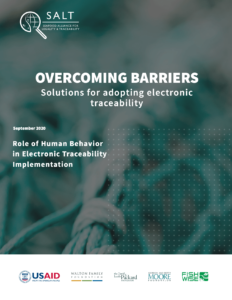
Chapter five in SALT's "Overcoming Barriers" series on adopting electronic traceability
Role of Human Behavior in Electronic Traceability Implementation
Introduction
Illegal, unreported, and unregulated (IUU) fishing damages fish stocks around the globe. Additionally, illegal fishing practices can sometimes occur alongside human rights abuses. Now, the world is waking up to these injustices. Government import regulations are working to ensure illegal products don’t enter their national markets, and some consumers are voicing their preference for certified and sustainably harvested fish1.
Thankfully, companies currently deliberating making the switch to electronic traceability are not the first companies to undergo this conversion. The trailblazers who have piloted electronic traceability, along with their NGO partners, have written case studies, described solutions that helped them overcome obstacles, and created tools to make the process easier for others. Here, SALT has distilled this information to walk the seafood industry through the barriers to adopting electronic traceability and provide potential solutions to overcoming the challenges a company might face. This blog is the fifth and final in the series, “Overcoming Barriers: Solutions for adopting electronic traceability.”

In the previous “Overcoming Barriers” blogs, SALT addressed the indirect and direct benefits for industry when widespread electronic traceability is adopted, as well as the challenges of sharing data seamlessly across the supply chain. In this blog, SALT covers how human behavior can both impede and catalyze progress towards traceability. Namely, we discuss the following behavioral barriers:
- Perception: competitive culture within the seafood industry fuels mistrust
- Self-interest: physical, financial, and emotional rewards hinder progress
- Lack of information: inadequate education on traceability
We also dive into specific tactics to help foster collaboration and implement traceability more effectively, such as:
- Co-design: involving stakeholders in the design process
- Incentives: reasonably rewarding participation
- Education: raising awareness of the benefits of electronic traceability
To read the rest of the blog, you can find it here:

